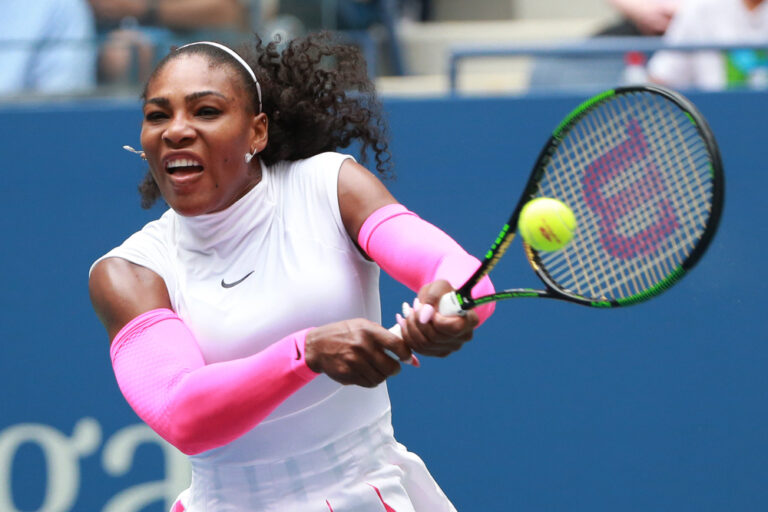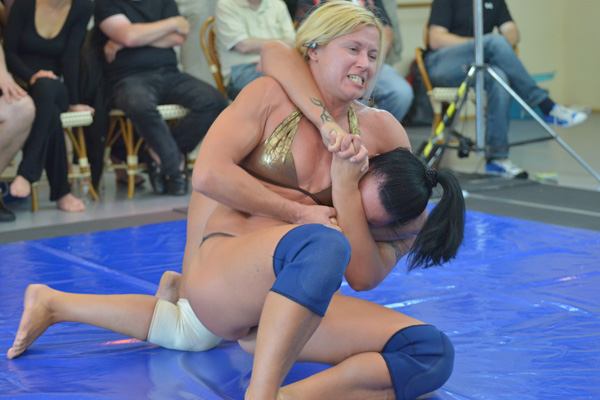
fciwomenswrestling.com article, femwrestle.com photo
Trees, there are so many, that sometimes you truly can’t see the forest.
Watching a great female grappling match filled with ebbs and flows, masterful technical skills and intensity, sometimes it’s easy to forget that they are fighting injured.
Let’s look at some action shots with admiration for the four competitors used as an example of courage and fortitude.
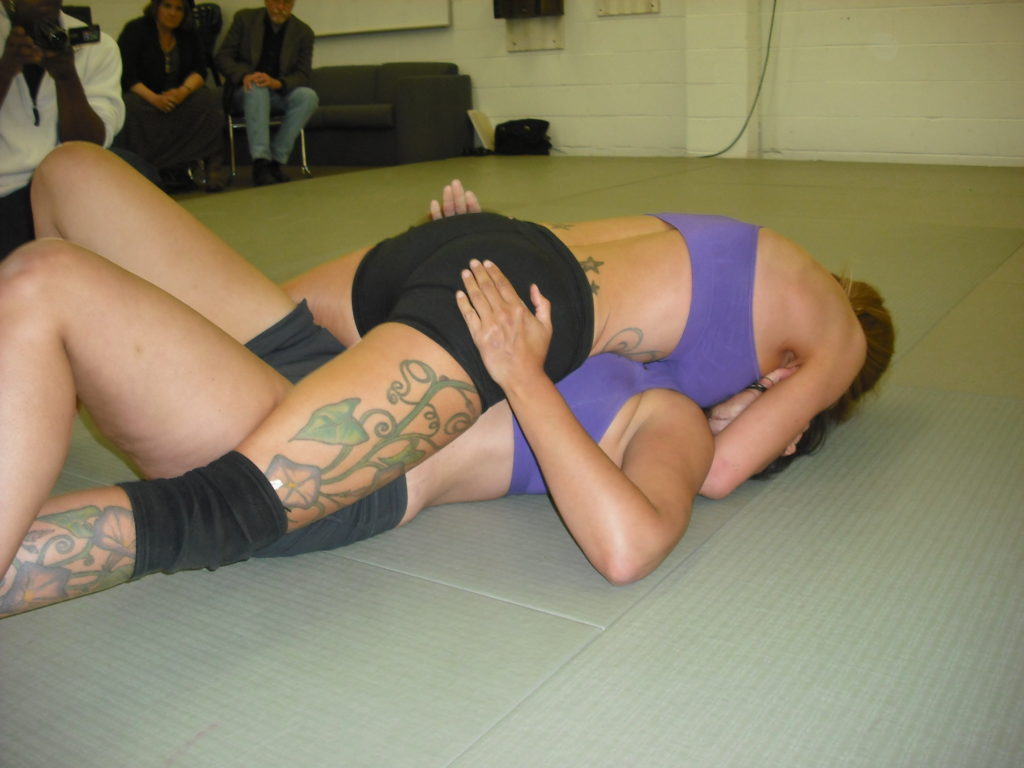
Rain of San Francisco is determined in her match against Penny.
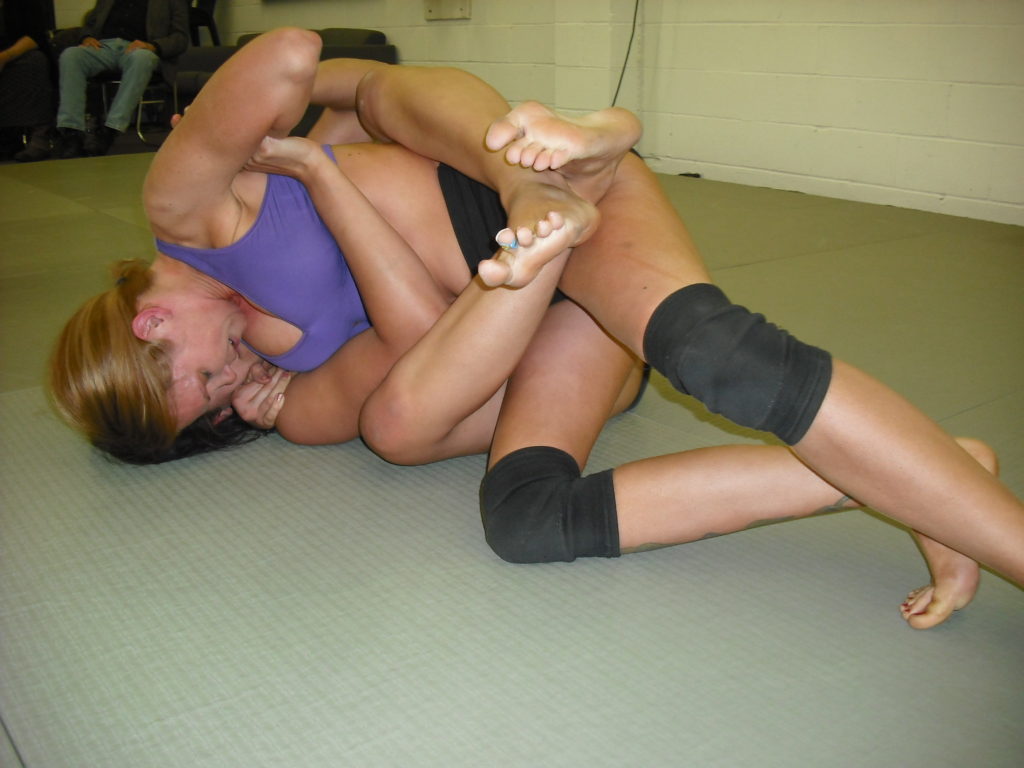
We were there. We saw her grit and sarsaparilla.
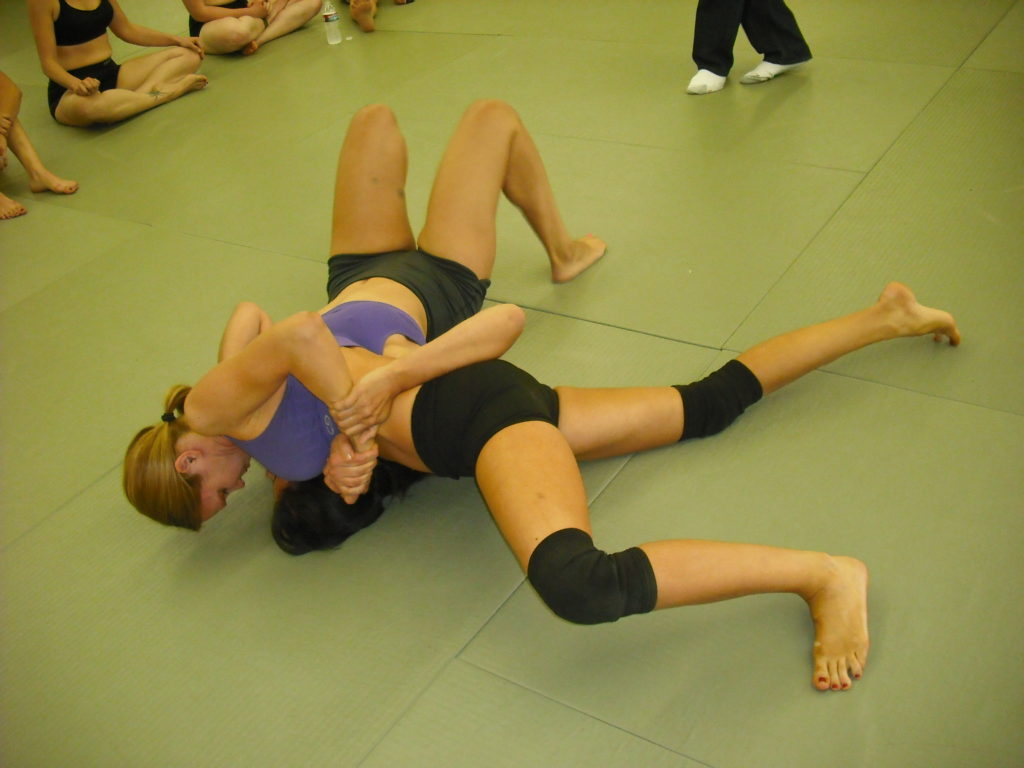
Then there is the industry legend Antscha (below).
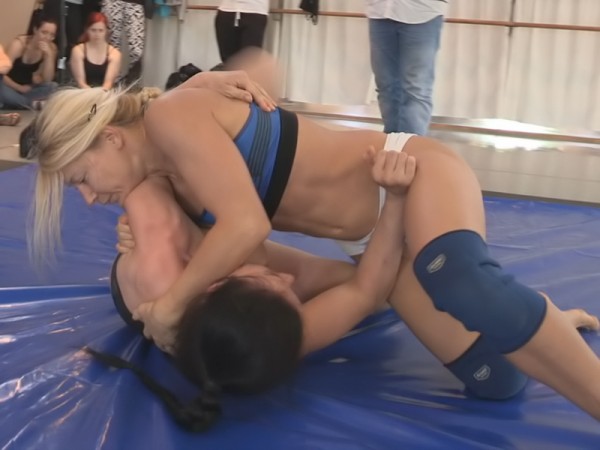
Every match she gives 100% and more if there really is such a thing.
We always love Viktoria and here she is willing to answer the call with a knee support.
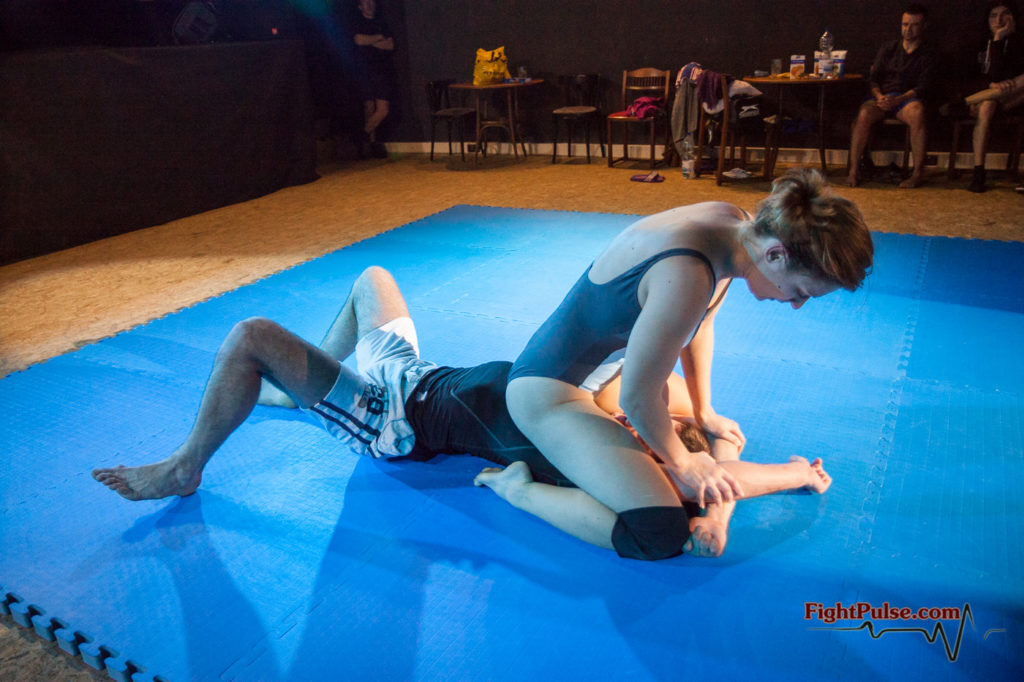
American super star Skylar Renee is one our top favorites and the inside scoop was that she had suffered a severe injury before battling English great Mystique, but fought on anyway.
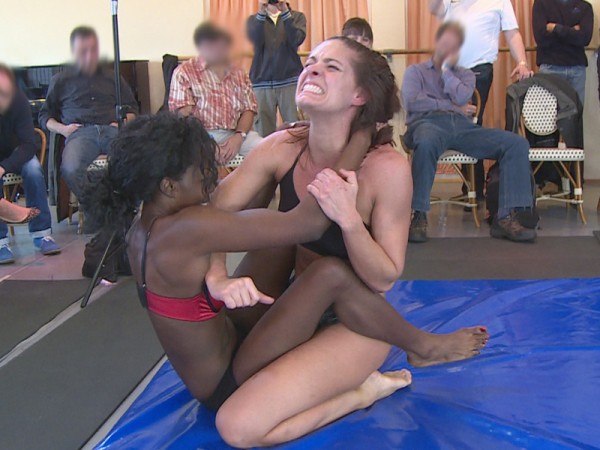
An ounce of prevention is tremendously better than a pound of cure.
In an extremely competitive environment, you can never completely prevent injuries. So speaking to competitive female submission wrestlers, what can you do to help reduce the possibility of an injury during a match?
It goes without saying that in any sport we would never want to purposely injure someone.
Morihei Ueshiba was a martial artist and founder of the Japanese martial art of Aikido. He is often referred to as “the founder” Kaiso or Ōsensei, “Great Teacher”.
He was once quoted as expressing, “To injure an opponent is to injure yourself. To control aggression without inflicting injury is the Art of Peace.”
If you seek some suggestions on how to reduce or prevent injuries, then you’ve come to the right place.
At the medical site www.aap.org they admonish, “Take time off. Plan to have at least 1 day off per week and at least one month off per year from training for a particular sport to allow the body to recover.”
We now turn our attention to a group that has some nice credentials when it comes to sports medicine. Their website is http://www.sportsinjuryclinic.net/
They would like to tell you a little about who they are. “The Virtual Sports Injury Clinic is a leading online resource for the prevention and treatment of sporting injuries. Our mission is to provide athletes and fitness enthusiasts with an extensive wealth of easily-accessible expert information.
Inspired by the need to empower athletes and recreational sportsmen and women with the access to sports rehabilitation knowledge and insight, Sportsinjuryclinic.net was established by sports injury & fitness professional Mike Walden in 2000.”
Let’s please listen in.
Top 5 Ways to Prevent Injuries
By Heidi Mills
Although some sporting injuries are unavoidable and just plain bad luck, many can be avoided by sticking to the following guidelines:
Start slow
When starting a new sport or form of exercise, always ensure that you start slowly and gradually increase the intensity, frequency and duration of the activity.
For example, it is common when people take up running to start with running as far as they can manage, as fast as they can and increasing this very quickly. This is a mistake and often leads to overuse injuries such as shin splints. Instead, training should start gently with walk/jog sessions and plenty of recovery time. As a general rule of thumb, distance (or time) should not increase by more than 10% a week.
The same applies to all sports. Playing a full football match for example, without training and previous match experience, will predispose the individual to injuries, as fatigue is a common contributor to injury.
Equipment
With any sport or exercise, it is important to use the right equipment and to use it in the right way. For example, the use of shin guards in soccer and rugby is recommended to avoid stud injuries to the shin bone. Helmets are recommended when batting in Cricket and also sports such as American football.
It is not only protective equipment that is important. In tennis, using a racket which is too heavy or has a grip that is too small can result in tennis elbow. Similarly a hockey stick that is too short may result in back pain.
Even using incorrect footwear can result in injuries. Not only must the footwear be right for the sport (i.e. running shoes for running, football boots for football) but it must also be right for the individual, in terms of size and fit, but also support. Some individuals may require more arch support than others, if they have a fallen arch or the foot over pronates (rolls inwards when walking/running). Not having the right support can result in overuse injuries such as stress fractures and plantar fasciitis.
Rules
Following the rules is another good way of avoiding injury. Rules are there to not only promote fair play, but also for the player’s safety. For example, lifting the ball in normal play in hockey and football tackles with the studs up are against the rules of the sport to protect the player’s safety.
Warm-up
Performing a warm-up is recommended whatever type of sport or exercise you are involved in. Starting with some light cardiovascular work such as jogging or skipping, followed by some stretches and then sport specific drills helps to prepare the body for the more vigorous demands of the sport itself. It ensures that the muscles are warm and flexible. Cold, tight muscles are more likely to tear. It also helps to improve hand-eye coordination and reaction times. Again these are important in avoiding injuries as well as improving performance!
Cool down and Recovery
After a match it is advised to perform a cool down. This will help to flush away waste products such as lactic acid which cause muscle aching and stiffness. A cool down will slowly reduce the heart rate to avoid blood pooling in the limbs. Stretching after exercise will also help to reduce stiffness and so promote a faster recovery. The faster you recover, the sooner you are ready to play again!
Ensuring you get adequate recovery and rest time is also important. It is commonly said that improvements in strength and speed etc. are actually made when we are resting and this is true. It is in this time that the muscles grow and repair.
Training or playing again too soon before your body has fully repaired means that the muscles may not function correctly and will become fatigued easily. This can result in injury. It has been shown that fatigued hamstring muscles are more likely to tear!
For more information on sporting injuries, prevention and rehabilitation, visit www.sportsinjuryclinic.net
Heidi Mills BSc (Hons) is a Graduate Sports Rehabilitator who runs a clinic in Norwich (UK). She also works for the Virtual Sports Injury Clinic – http://www.sportsinjuryclinic.net
~ ~ ~
Sources: brainyquote.com, Wikipedia, fciwomenswrestling2.com, FCI Elite Competitor, photos thank you Wikimedia Commons.
http://ezinearticles.com/?Top-5-Ways-to-Prevent-Injuries&id=5151330
Article Source: http://EzineArticles.com/expert/Heidi_Mills/341231
Article Source: http://EzineArticles.com/5151330



